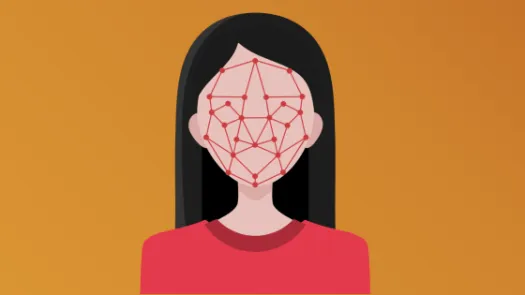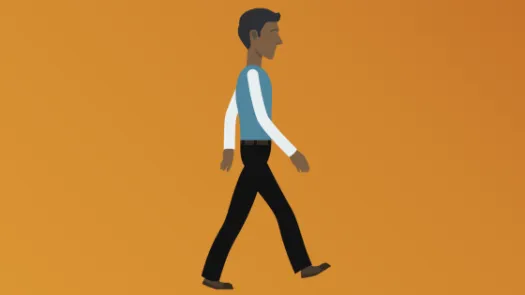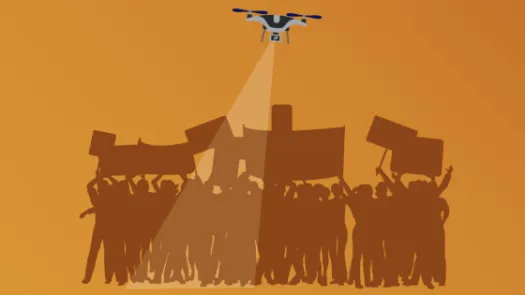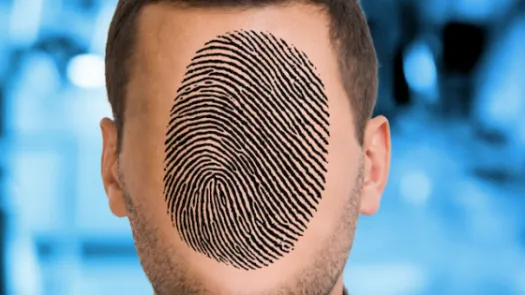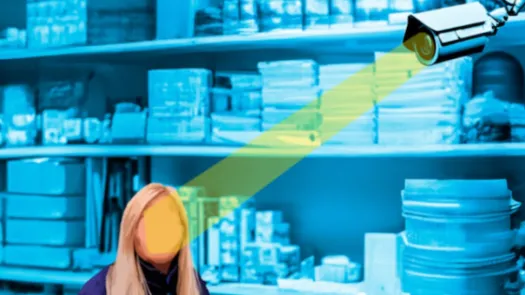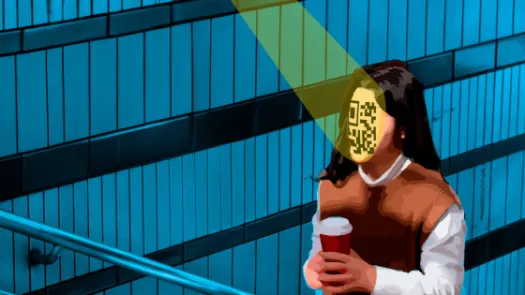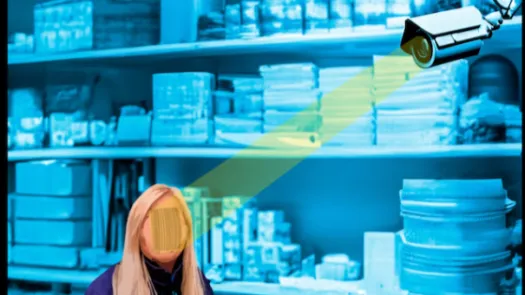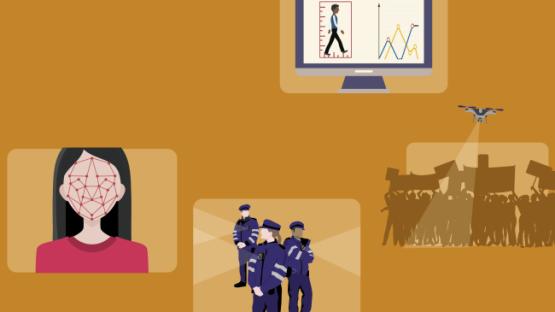
A guide to surveillance of your face and body at protests
Long Read
Post date
29th June 2021

The capabilities that police forces have to monitor and identify people at protests are increasingly sophisticated. Some of these capabilities are based on targeting your phone, and we have a whole section of our guide dedicated to device surveillance at protests, and a separate section that looks in detail at the various ways in which you can make your device more secure (but please note, fully protecting your phone against the range of powerful surveillance capabilities that the police simply isn't possible).
But this section focuses on how you can be monitored and identified, even if you leave your phone at home, and focuses on techniques that monitor and identify you by analysing your face or body.
Our campaign
